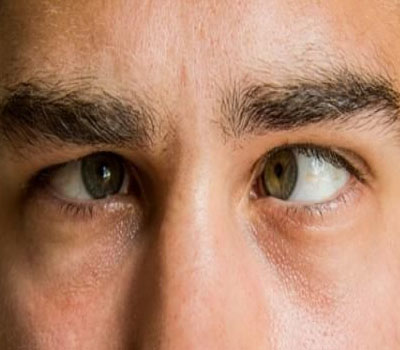
Squint Eye
Squint eye, also known as strabismus, is a condition characterized by misalignment of the eyes, where they point in different directions. It can occur intermittently or constantly and may affect one or both eyes.
Symptoms:
Symptoms of cataracts may include:
- Misaligned Eyes: One eye may turn inwards, outwards, upwards, or downwards while the other remains straight.
- Double Vision: Seeing two images instead of one, especially in cases of misalignment.
- Vision Problems: Amblyopia (lazy eye) or reduced vision in the misaligned eye due to poor visual development.
- Eye Strain: Difficulty focusing, headaches, or eye discomfort.
- Self-Consciousness: Social discomfort or embarrassment, especially in children.
Treatments:
- Corrective Lenses: Prescription eyeglasses or contact lenses to improve vision and alignment.
- Eye Patches: Occluding the stronger eye to encourage visual development in the weaker eye (amblyopia treatment).
- Vision Therapy: Exercises and activities to improve eye coordination and strengthen eye muscles.
- Botulinum Toxin Injections: Temporary relaxation of specific eye muscles to realign the eyes.
- Surgery: Strabismus surgery to adjust the position of eye muscles and align the eyes properly.
Early detection and treatment of squint eye are crucial, particularly in children, to prevent vision loss and promote healthy visual development. Regular eye examinations by an ophthalmologist or pediatrician are recommended, especially if misalignment or other symptoms are observed. Prompt intervention can improve vision, eye alignment, and overall quality of life for individuals with squint eye.
